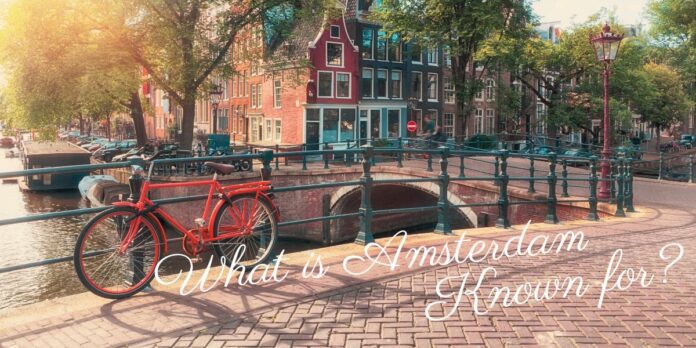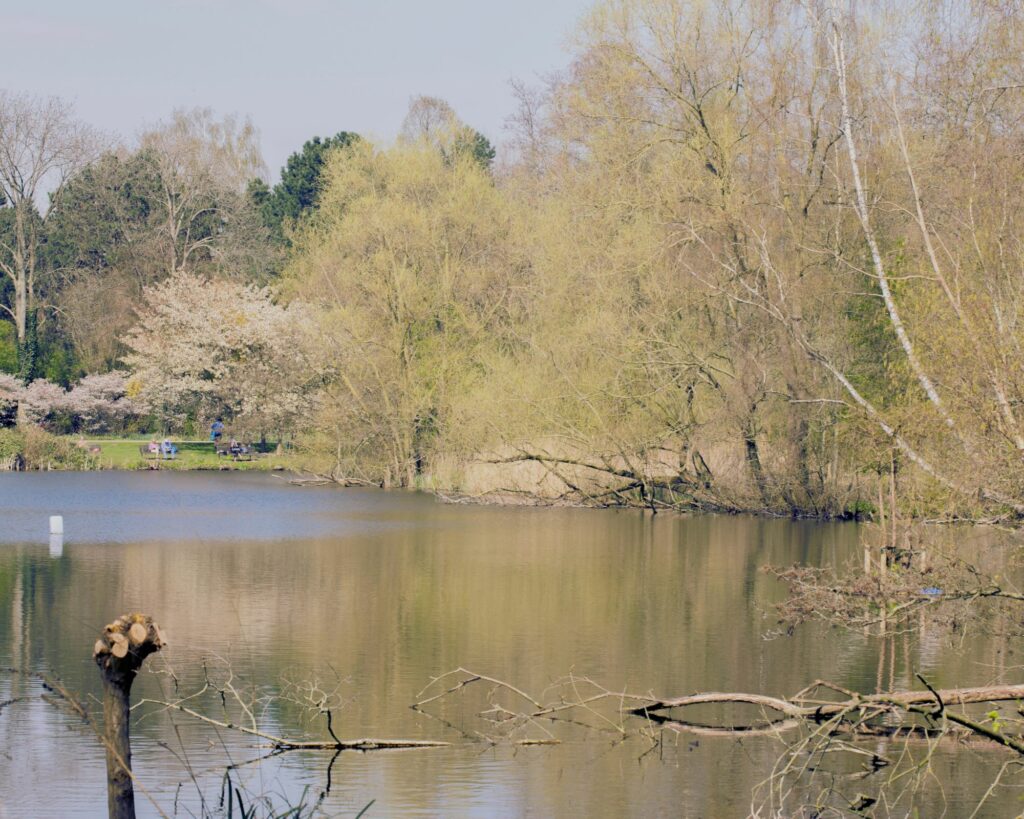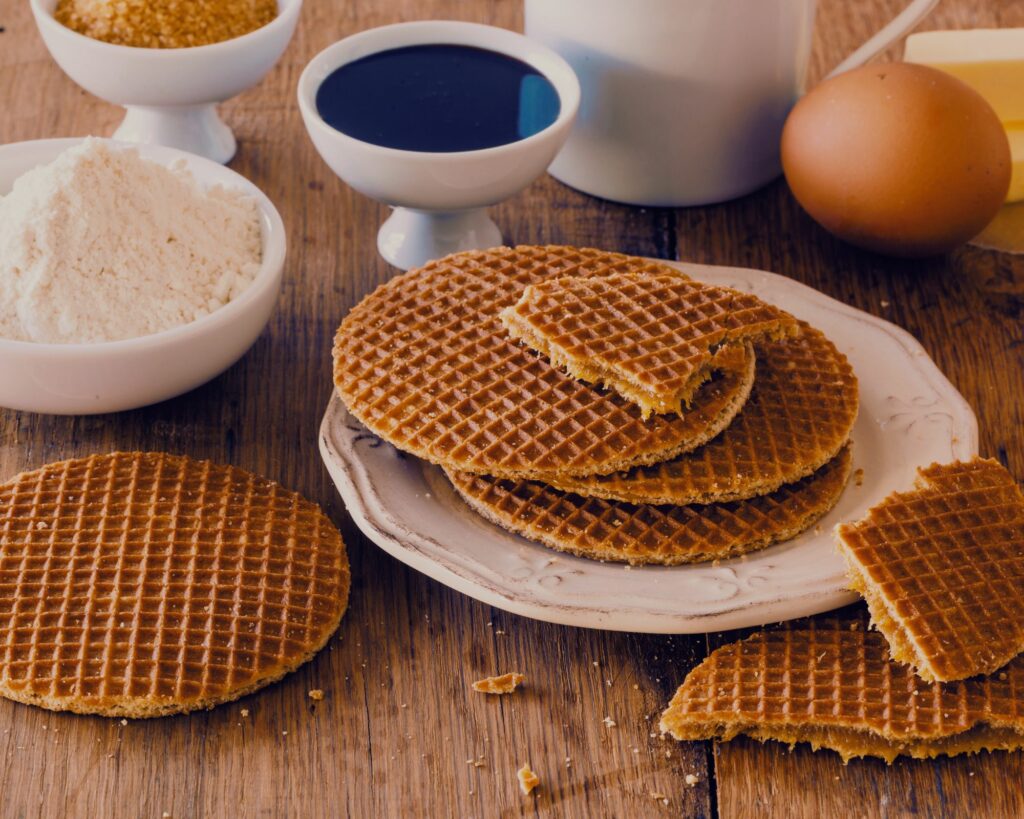What Is Amsterdam Known For?
If you’ve only seen Amsterdam through films, you’d probably think it only has its red light districts, vibrant floral displays, and picturesque canals to offer–and you’d be wrong (I know I was!).
This ancient city has so much to offer (to give you a clue, it was already a thriving city even before the United States was even an idea), I don’t even know where to begin!
Of course, while these well-known facets of the city undoubtedly contribute to its allure, Amsterdam is a place of profound depth and diversity, offering an array of cultural, historical, and culinary treasures waiting to be discovered. Beyond the enticing glow of neon signs and the colorful blooms adorning its streets, Amsterdam’s rich tapestry weaves together a captivating narrative of art, innovation, and centuries-old traditions.
Read on if you’re keen on knowing what Amsterdam is known for beyond its stereotypes!
Interesting Facts About Amsterdam
Amsterdam stands as a shining example of a city where progressiveness and engineering prowess converge harmoniously to create a dynamic urban landscape.
A City of Canals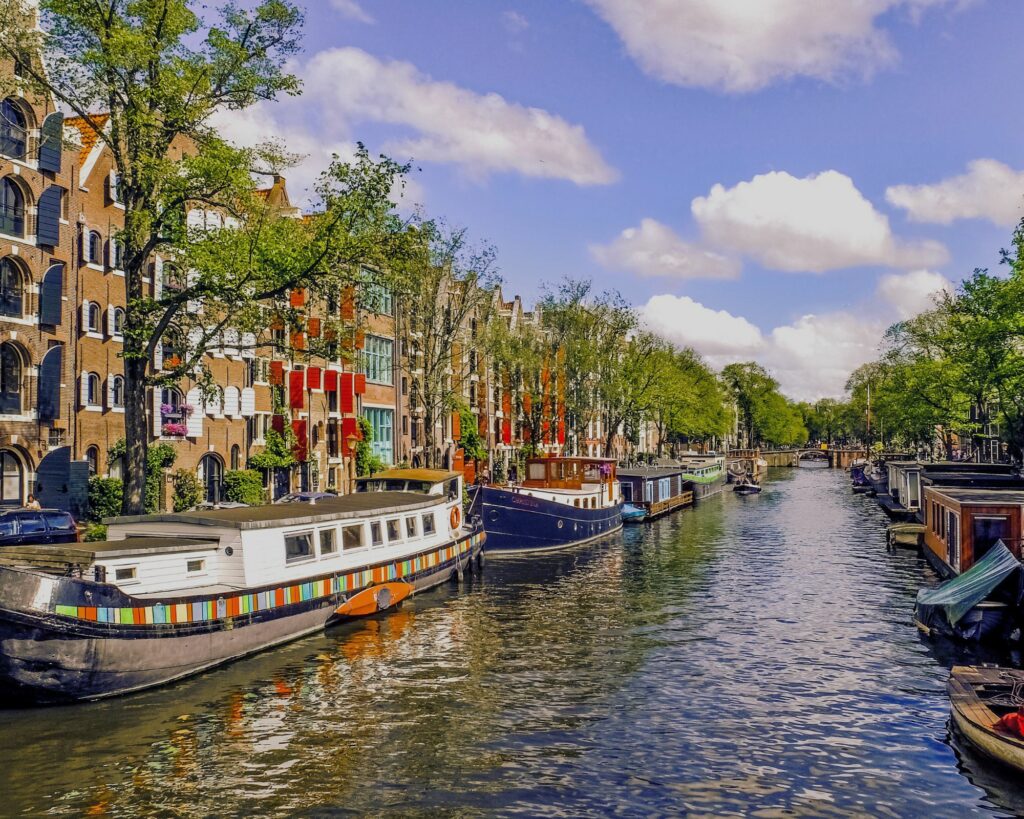
Amsterdam, often referred to as the “Venice of the North,” is renowned for its intricate network of canals, which are a defining feature of the city’s landscape and culture. Amsterdam’s canals are a testament to human ingenuity and hydraulic engineering. Initially developed in the 17th century during the Dutch Golden Age, the canals were instrumental in facilitating trade and transport in the city. The city boasts approximately 165 canals, which stretch over 100 kilometers (60 miles) in total length. These waterways are adorned with tree-lined quays, picturesque bridges, and historic canal houses, making them a central part of Amsterdam’s charm.
Bicycle Supremacy
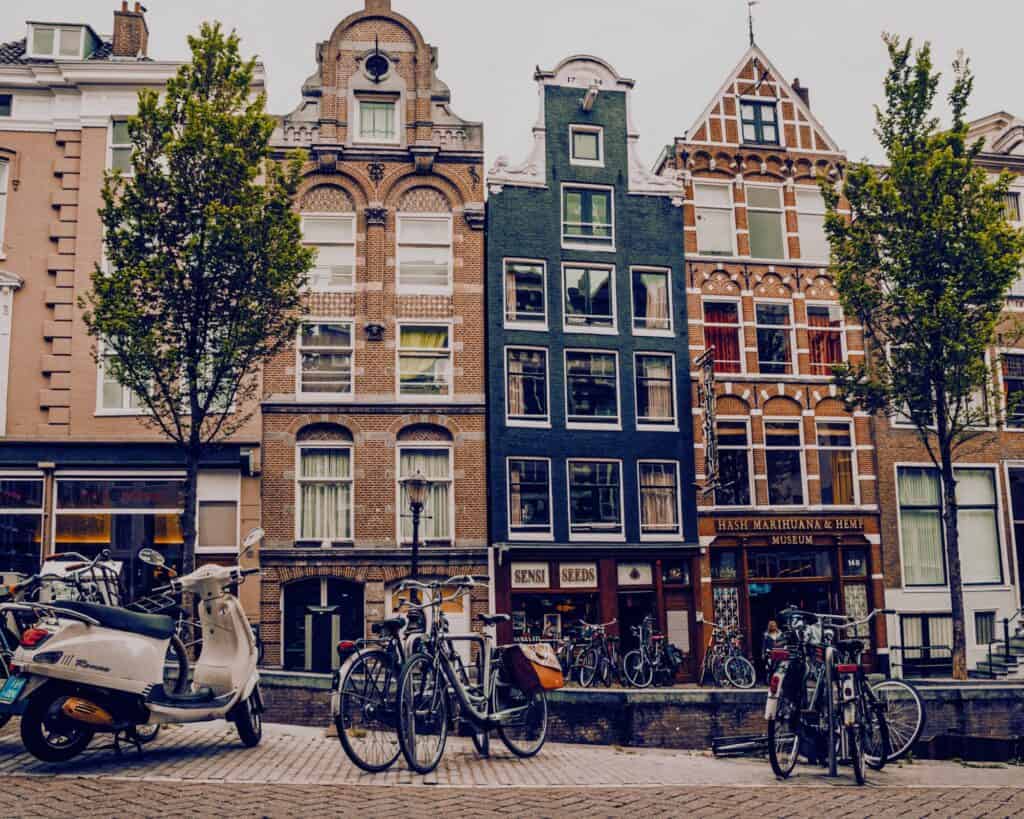
Amsterdam is among the world’s most bicycle-friendly cities. In fact, at any given time, there are more bicycles on the roads of Amsterdam than cars. The thing is, biking isn’t just a recreational activity in Amsterdam, nor is it just the primary mode of transportation–it’s a lifestyle and an integral part of the city’s identity. As such, Amsterdam’s cycling infrastructure is well-planned and extensive. Dedicated bike lanes, paths, and traffic signals cater to cyclists, ensuring their safety and convenience.
World-renowned Red Light District/s
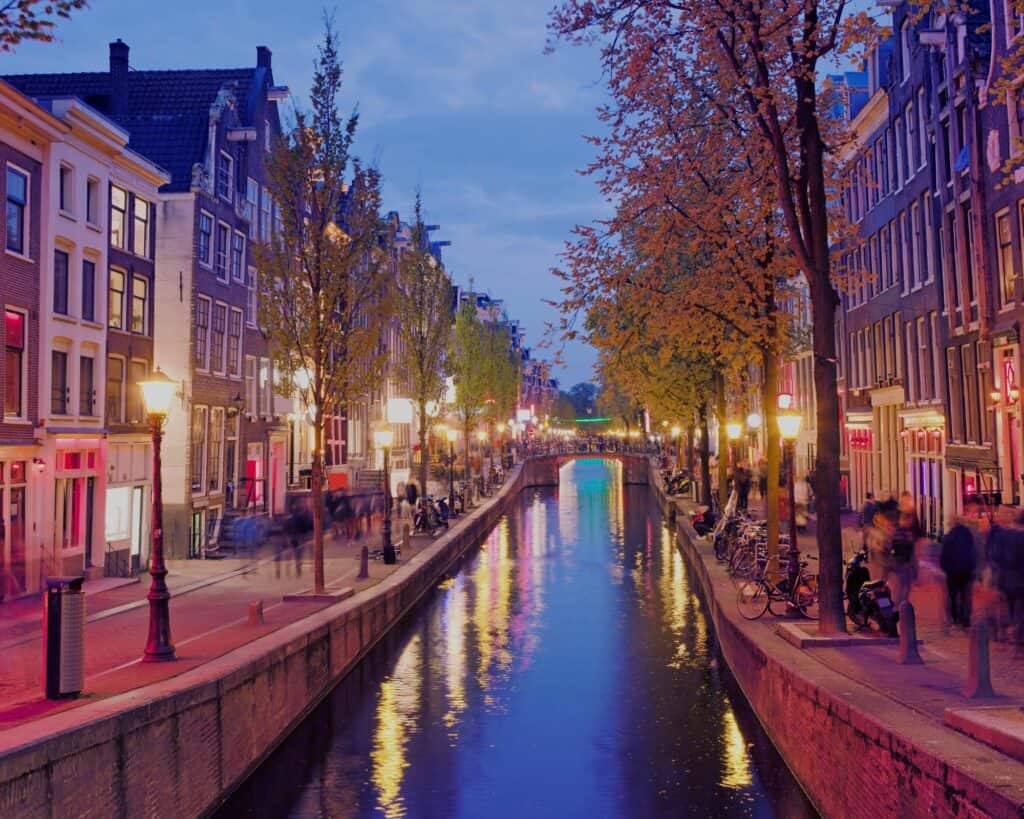
The Dutch capital is also known for its rather pragmatic approach to sex work. Amsterdam’s red light districts are as much a part of its identity as its canals and its bicycles. While De Wallen, located at the heart of the city, is its most popular and tourist-y red light district, the city actually has two other red light districts–Singelgebied and Ruysdaelkade.
Flower Culture

While this isn’t necessarily exclusive to Amsterdam (as the Netherlands as a whole, is known for its rich floral heritage), the city’s flower culture is deeply rooted in its history and identity. On the off chance that you’ve not yet seen the postcards, obviously, tulips are the undisputed stars of the city’s floral scene. With that said, Amsterdam is known for its flower parades, floral markets, and botanical gardens, which feature a vast array of flowers–not just tulips.
Cannabis Cafes
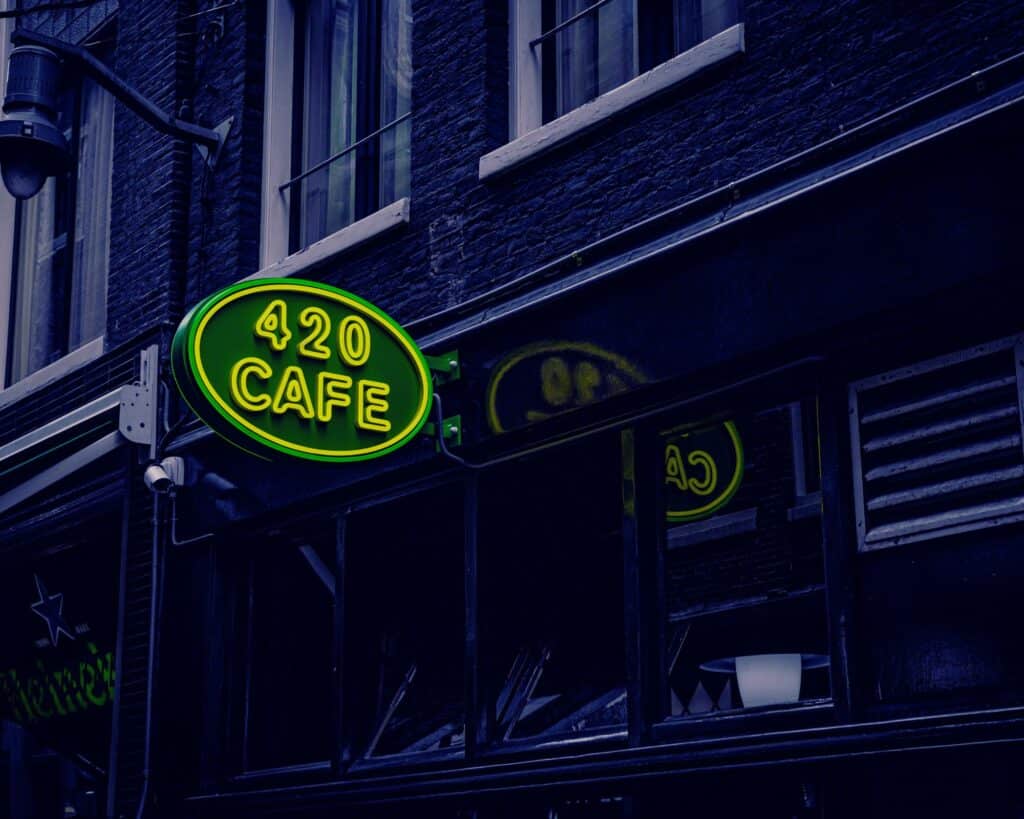
While Amsterdam has long been a destination for cannabis tourism, it must be said that possessing and consuming cannabis or cannabis products isn’t exactly legal here. That said, the city does have heavily regulated “coffee shops” where one (provided they’re of legal age) can consume small amounts of cannabis and/or cannabis products.
You might also like
What is Washington State known for?
Inventions Amsterdam Is Known For
Amsterdam’s rich history and progressive spirit have fostered an environment of innovation that continues to shape the city’s culture. Below are a few notable inventions and innovations that have emerged from Amsterdam.
Dutch Process Cocoa
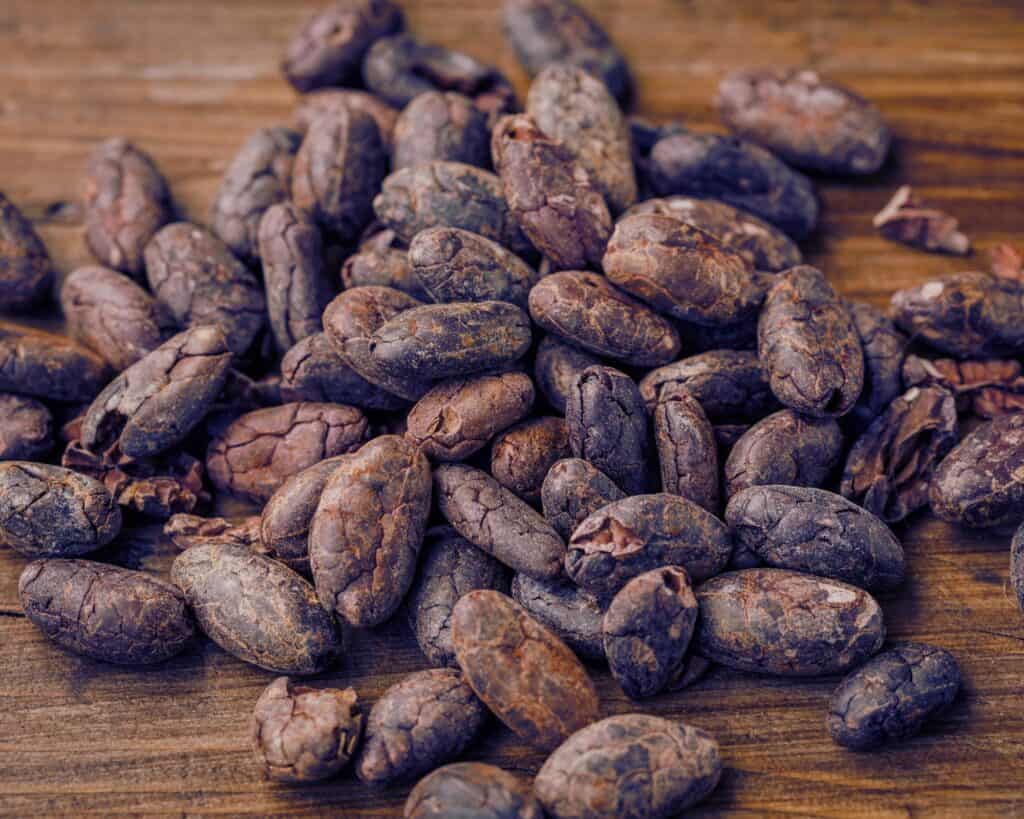
Dutch process cocoa, also known as Dutch-processed cocoa or alkalized cocoa, was invented as a result of a chemical process developed by the Dutchman and Amsterdammer Coenraad van Houten (yes, that Van Houten) in the early 19th century. This process transformed the way cocoa powder was made and had a significant impact on the quality and versatility of cocoa in various culinary applications.
Metronome

Although patented by a German by the name of Johann Maelzel in 1815, the first successful metronome was invented by Dietrich Nikolaus Winkel in Amsterdam. Winkel’s metronome was initially called the “musical chronometer” or “chronometer for musicians.” It consisted of a double-weighted pendulum with an adjustable sliding weight on a rod. Musicians could set the metronome to a specific tempo by adjusting the position of the weight on the rod. The pendulum would then swing back and forth, producing an audible ticking sound and allowing musicians to keep time and maintain a consistent tempo in their music practice and performances.
Stock Exchange
The Amsterdam Stock Exchange, often referred to as the Amsterdam Bourse or simply “Beurs van Hendrick de Keyser,” holds the distinction of being the first official stock exchange in the world, making it the oldest, still-functioning stock exchange in history. Its establishment in the early 17th century marked a significant milestone in the development of modern financial markets.
Fire Hose
The invention of the fire hose in Amsterdam is an interesting historical development that played a crucial role in enhancing firefighting capabilities during the 17th century, a time when urban centers (usually made mostly of wooden structures) like Amsterdam were experiencing rapid growth and facing an increasing risk of destructive fires. In the late 17th century, Jan van der Heyden, along with his brother Nicolaes, developed a groundbreaking innovation in firefighting equipment–they designed a flexible and collapsible tube made of leather, which could be easily transported and deployed by firefighters. The invention would have a lasting impact on firefighting technology, and would lead to the development of the modern fire hose we see today.
Olympic Flame
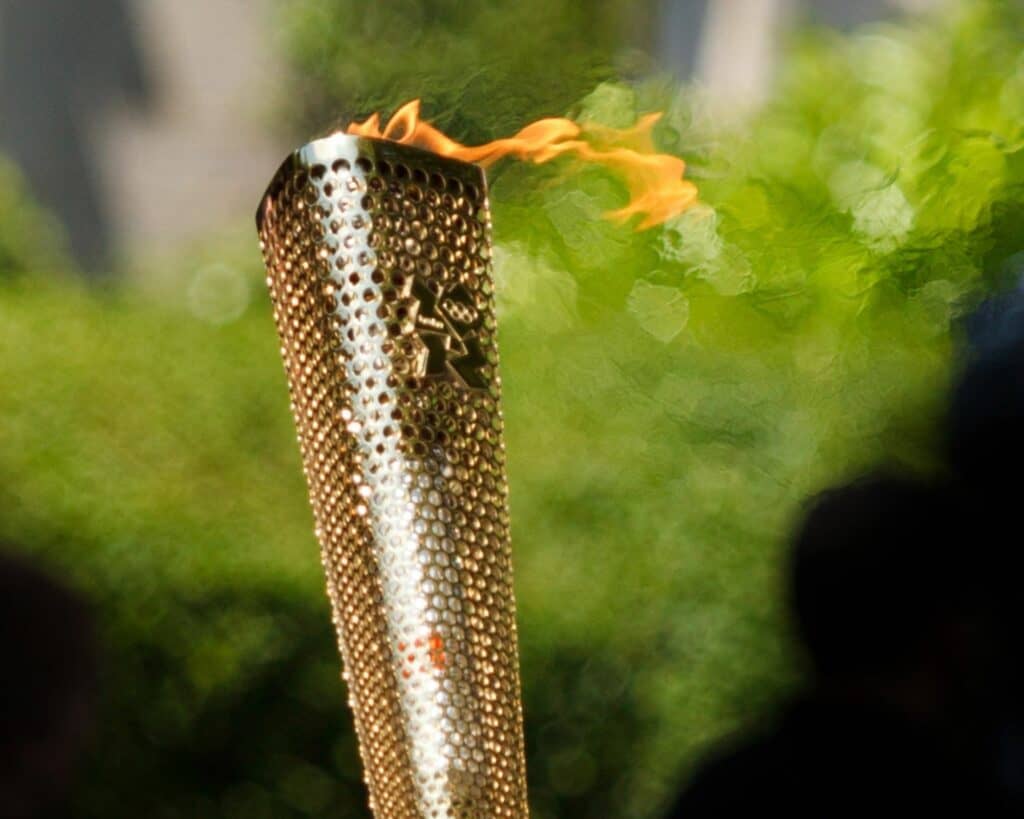
Okay, technically, the tradition of having a sacred fire burning throughout the Olympic games has Greek origins. That said, the first symbolic Olympic flame was lit in the 1928 Summer Olympics held in Amsterdam. This tradition lives on to this day.
You might also like
Architectural Landmarks and Tourist Spots in Amsterdam
Amsterdam’s architectural landscape is a captivating blend of history, diversity, and innovation, making it a city that both honors its past and embraces the future. Below are some of the city’s must-visit spots.
WoZoCo
WoZoCo, short for “Woon- en Zorgcomplex” in Dutch, is a unique and innovative residential complex located in Amsterdam. Designed by the renowned Dutch architect Rem Koolhaas and his firm OMA (Office for Metropolitan Architecture), WoZoCo represents a groundbreaking approach to senior housing, blending architectural ingenuity with a strong emphasis on communal living and care for the elderly.
Completed in 1997, WoZoCo was commissioned by a housing association called “Het Oosten” to address the growing need for affordable housing for the elderly in Amsterdam. The design challenge was to create a space-efficient and cost-effective housing solution that also promoted social interaction and well-being among the residents.
Anne Frank House

The Anne Frank House in Amsterdam is a historically significant museum dedicated to preserving the memory of Anne Frank, a Jewish girl who hid with her family during World War II and wrote a diary that became an iconic piece of literature. The house, located at Prinsengracht 263 in the heart of Amsterdam, is where Anne and her family lived in hiding for over two years before they were discovered and arrested by the Nazis in 1944.
Rijksmuseum
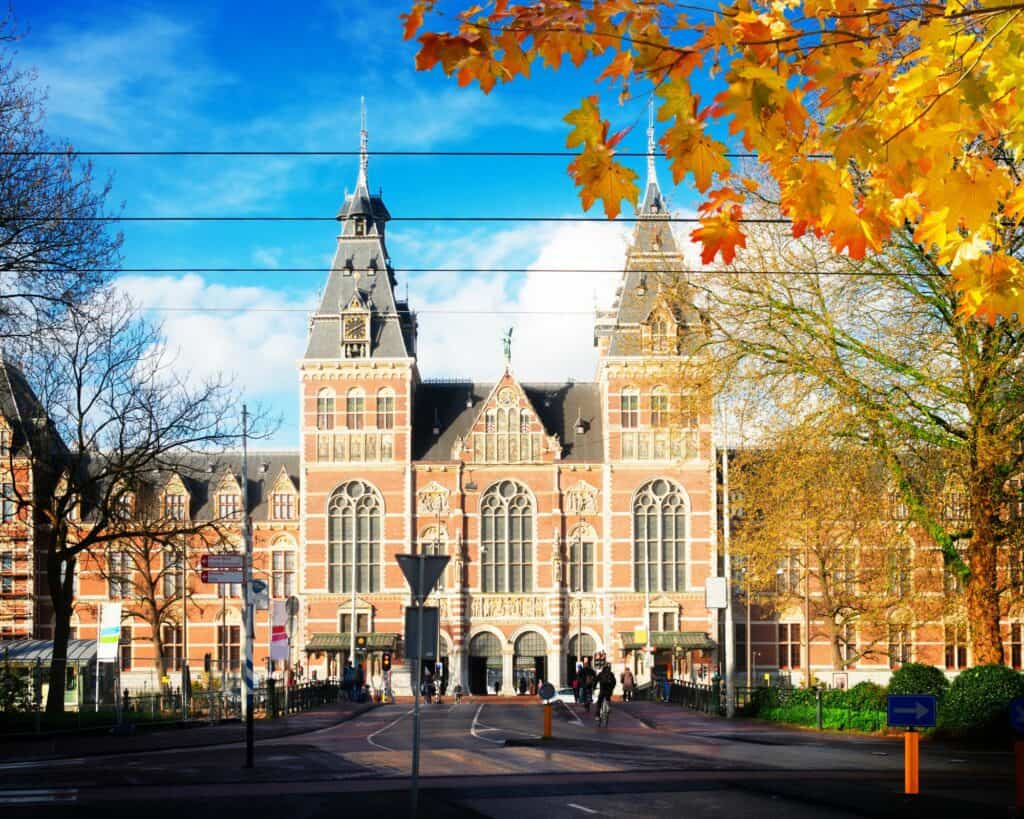
The Rijksmuseum is among the most prestigious and renowned art museums in the world. It is often referred to as the “Museum of the Netherlands” and houses an extensive collection of Dutch Golden Age paintings, historical artifacts, and masterpieces from various periods of Dutch history. The museum is not only a treasure trove of art and history but also an architectural marvel and a cultural symbol of the Netherlands.
Originally founded in The Hague, the Rijksmuseum was moved to its current location in Amsterdam in 1808. While it’s known for its legendary collections, the museum building itself is a masterpiece of neo-Gothic and Renaissance architecture. Designed by Pierre Cuypers and opened in 1885, the building is characterized by its grandeur, with a central tower, decorative turrets, and a spacious courtyard. The architecture alone is worth a visit.
De Gooyer Windmill
The Gooyer Windmill is a traditional Dutch octagonal smock mill, which is a type of windmill characterized by its wooden tower with a thatched roof. It features a white exterior with a black base, and its blades, or sails, are typically painted black. The windmill’s design is both functional and aesthetically pleasing, reflecting the craftsmanship of Dutch millwrights.
Also known as “De Gooyer,” is a historic and iconic windmill located in Amsterdam, Netherlands. It is one of the few remaining wooden windmills in the city and has become a recognizable symbol of Amsterdam’s rich cultural heritage.
Oude Kerk

The Oude Kerk’s architectural style is predominantly Gothic, with some elements of Romanesque architecture. The church’s exterior is characterized by its tall, slender tower and a combination of red brick and white stone. Inside, the church boasts a magnificent interior with a high vaulted ceiling and numerous beautiful stained glass windows.
The oldest surviving building in Amsterdam, the Oude Kerk’s history dates back to the 13th century when it was consecrated in 1306. It was originally a Catholic church and played a central role in the religious life of medieval Amsterdam.
You might also like
Natural Attractions Amsterdam Is Known For
While the city is often celebrated for its urban charm and cultural richness, it also boasts a surprising abundance of natural beauty and green spaces.
Vondelpark
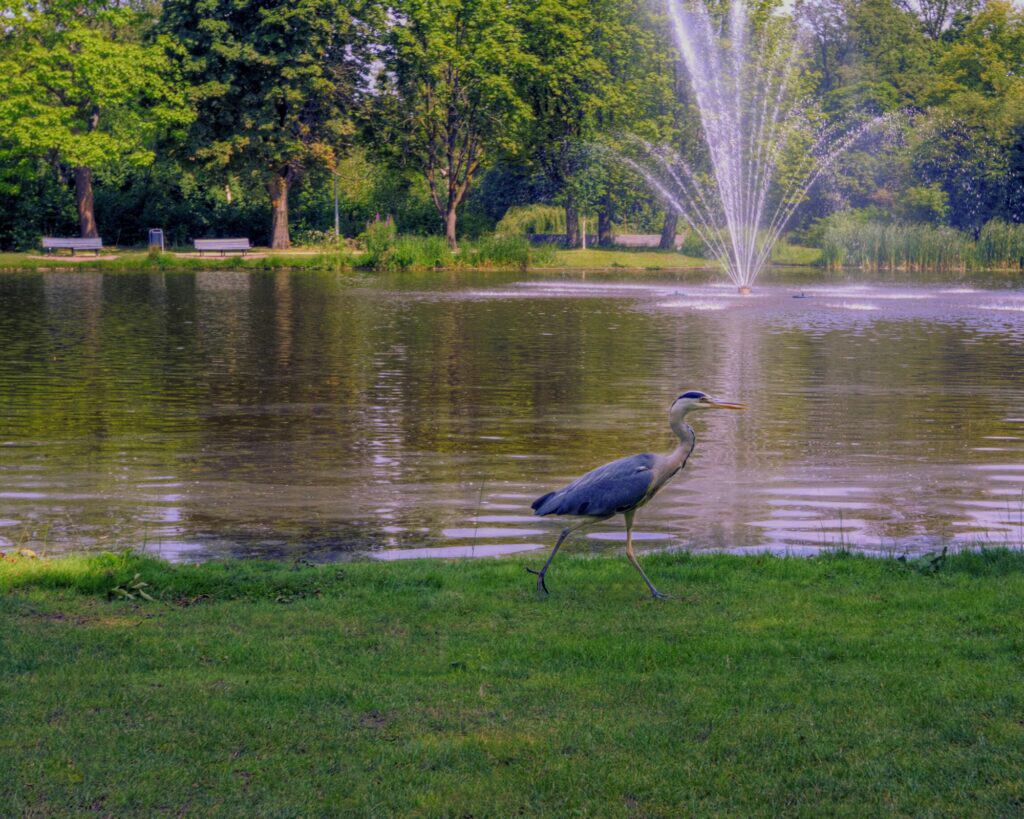
Vondelpark is an over-150-years-old urban oasis named after the Dutch playwright Joost van den Vondel. Covering an impressive 120 acres, Vondelpark offers a diverse range of natural features. Lush green lawns invite visitors to picnic, sunbathe, or enjoy a leisurely stroll. The park’s numerous ponds and water features provide a tranquil atmosphere, while meandering pathways allow for exploration on foot or by bicycle. More than just a lush respite from the city, the park is also a hub for cultural events and artistic expression.
Amsterdamse Bos
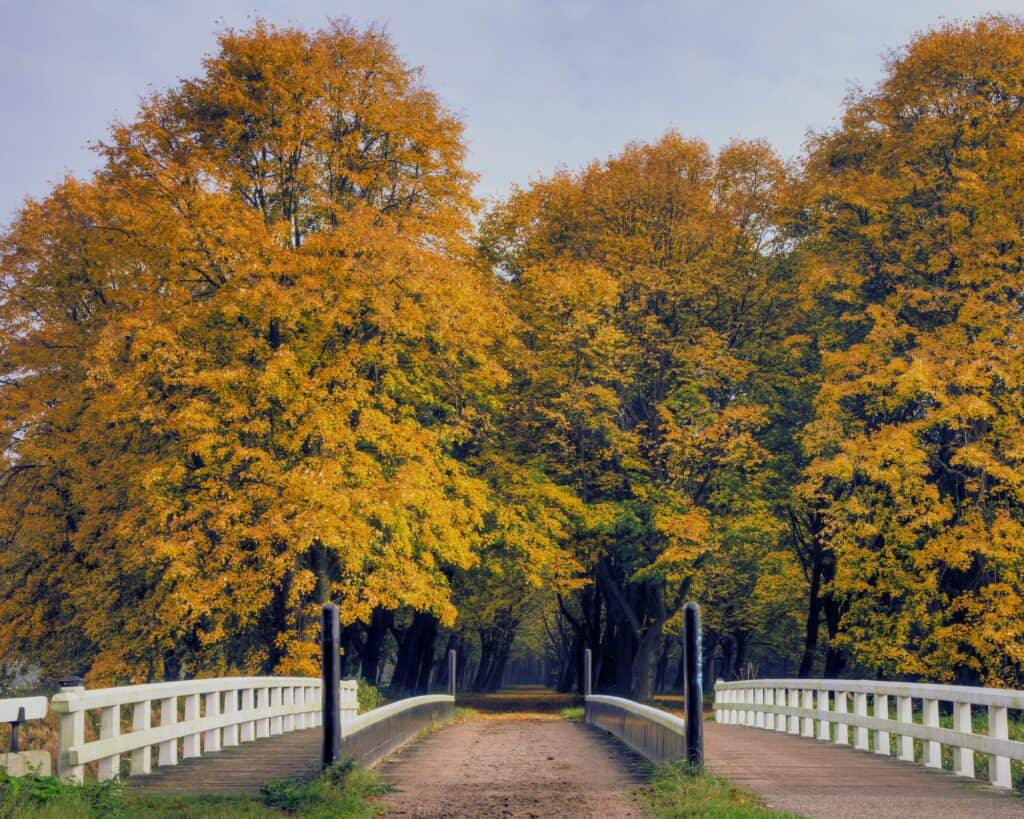
Nestled just on the outskirts of the bustling Dutch capital, Amsterdamse Bos, or the Amsterdam Forest, is a sprawling, man-made natural wonder that provides a much-needed breath of fresh air for both locals and visitors. Covering an impressive 1,000 hectares, the park is a naturalist’s dream, boasting a diverse range of landscapes. Thick woodlands, meadows adorned with wildflowers, serene ponds, and tranquil waterways create a captivating environment.
Though man-made, it is home to a vast array of flora and fauna, offering nature enthusiasts ample opportunities for bird-watching and wildlife observation. This lush green oasis stands as one of Europe’s largest urban parks and beckons with its serene woodlands, pristine lakes, and an array of recreational opportunities.
Perhaps lesser known than the other entries on this list, Amstelpark’s origins trace back to 1972, when it was developed as a showcase for the Floriade (a prestigious horticultural competition). The park is home to an array of themed gardens, each with its own unique charm. The park also has an orangery, a petting zoo, as well as its own train line.
Hortus Botanicus
The Hortus Botanicus Amsterdam boasts a history as vibrant as its diverse plant collection. Established as a medicinal herb garden by the Amsterdam City Council in the 17th century, it played a crucial role in studying and cultivating plants with medicinal properties during the Dutch Golden Age. Over the centuries, it evolved into a comprehensive botanical garden, preserving a living record of plant species from across the continents.
Walking through the Hortus Botanicus is like embarking on a botanical world tour. The garden is divided into various sections, each dedicated to specific geographic regions and/or plant types.
Amstelland Green Area
Located just beyond the city’s limits, Amstelland Green Area, often simply referred to as “Amstelland,” is a sprawling landscape of wetlands, meadows, forests, and waterways situated along the banks of the River Amstel. Spanning over 40 square kilometers, this green haven is home to an abundance of flora and fauna, offering a stark contrast to the bustling cityscape just a stone’s throw away.
Historical Figures and Famous People From Amsterdam
Throughout its storied history, Amsterdam has been the birthplace and home to a diverse array of notable individuals who have left indelible marks on various fields.
Baruch Spinoza
Considered one of the most important thinkers in the Age of Enlightenment, Baruch Spinoza was born in 1632 in Amsterdam. Spinoza grew up in a diverse and cosmopolitan Amsterdam. The city was a haven for religious refugees from across Europe, including Sephardic Jews like his family who had fled the Spanish Inquisition. This diverse environment exposed Spinoza to a wide range of ideas and religious perspectives, which would later shape his philosophical outlook.
Spinoza’s ideas had a profound impact on Amsterdam’s intellectual community. While many disagreed with his views, others were drawn to his rational and systematic approach to philosophy.
Rembrandt van Rijn
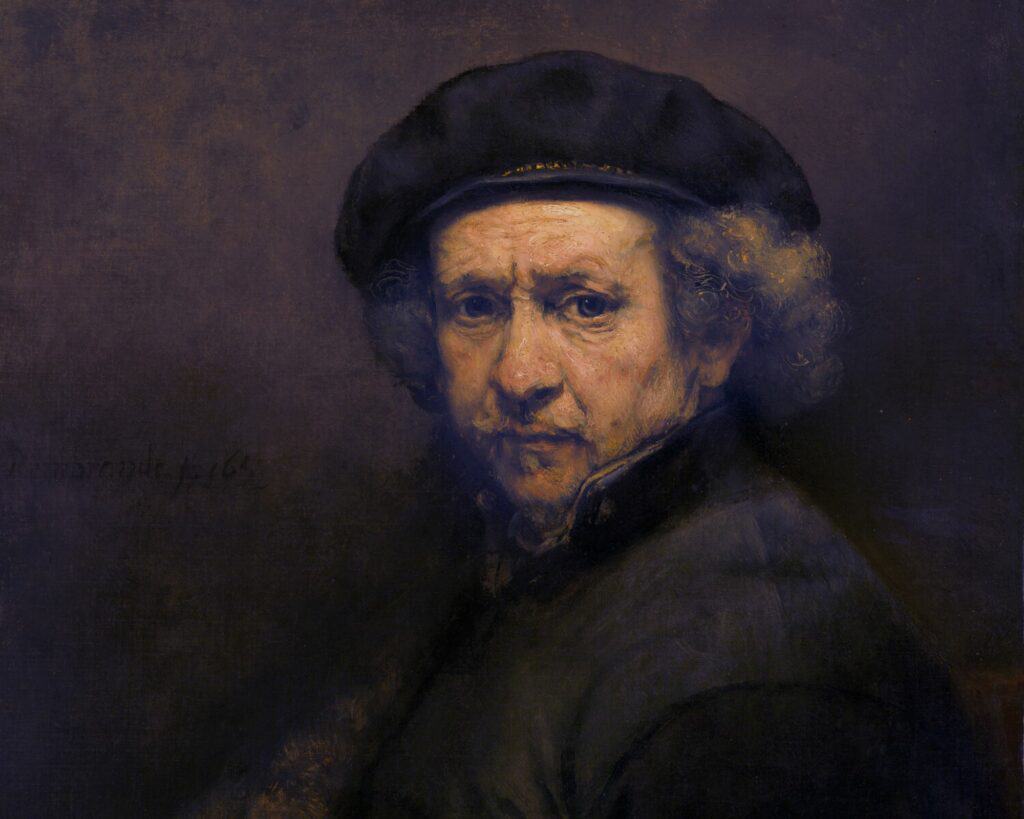
Rembrandt van Rijn, one of the most celebrated painters in Western art history, made an indelible impact on Amsterdam during the 17th century, a period often referred to as the Dutch Golden Age. His innovative artistic techniques, exceptional talent, and prolific output not only brought him fame but also played a significant role in shaping the cultural and artistic landscape of Amsterdam and the Netherlands as a whole.
Born in 1606 in Leiden, Rembrandt eventually moved to Amsterdam in the early 1630s, where he spent the majority of his life and created some of his most iconic works. His decision to settle in Amsterdam was pivotal not only for his career but also for the city’s burgeoning artistic scene.
Eddie Van Halen
While his family emigrated to the United States when he was a child, Eddie Van Halen, the iconic co-founder of the rock band Van Halen, was born in Amsterdam in 1955. Eddie Van Halen revolutionized rock guitar playing with his virtuosic techniques. His “tapping” style of playing, showcased in the instrumental track “Eruption,” became legendary and inspired countless guitarists worldwide.
Johan Cruyff
Considered to be one of the greatest football players ever, Johan Cruyff was a central figure in the development and popularization of Total Football, a tactical system that emphasizes fluid, attacking play, interchangeability of positions, and high pressing. He epitomized this style of play during his time with the Dutch national team and his club, Ajax Amsterdam. Under his leadership, Ajax won three consecutive European Cups from 1971 to 1973, showcasing a brand of football that was both beautiful and highly effective. This period is often referred to as the “Cruyff Era” and remains a point of pride for Amsterdam and Dutch football fans.
Jan Plas
If you’ve ever dipped your toes in kickboxing, you’d know how big the sport is not just in Amsterdam, but in the Netherlands in general (if you’re especially lucky, you’ve probably also experienced “Dutch sparring”). Believe it or not, kickboxing was once a relatively unknown sport in the Netherlands. That is, until Jan Plas.
Jan Plas is widely regarded as one of the pioneers of kickboxing in the Netherlands. He began his kickboxing career in the late 1970s when the sport was relatively unknown in the country. His dedication and success in the ring helped kickboxing gain recognition and popularity. While he is a rather controversial figure, he is generally regarded as one of the greatest athletes from Amsterdam.
Amsterdam Folklore and Local Legends
Amsterdam, with its centuries of history and intricate maze of canals, also has its fair share of local legends and ghost stories that add a touch of mystery and intrigue to the city (despite how undeniably urban it is).
The Miracle of Amsterdam
This famous legend dates back to 1345 when a dying man in Amsterdam received the Holy Sacrament. After he vomited, the sacrament reappeared undamaged, leading to the belief that it was a miracle. This event contributed to the city’s reputation as a place of miracles.
Witte Wieven
The Witte Wieven (“White Women”) are believed to be benevolent spirits who protect the forests around Amsterdam. Folklore says that they appear as white misty figures, sometimes dancing in the moonlight.
House with the Golden Chain
Keizersgracht 268, nestled between Reestraat and Berenstraat, is a typical 17th-century canal house in Amsterdam, hardly distinguishable from its neighboring counterparts at first glance. Yet, upon closer examination, one cannot help but notice a chain gracefully suspended from its facade. This unassuming chain has given rise to a plethora of intriguing tales and legends throughout the centuries. This one is probably my favorite:
A lady of the house once discovered her precious gold chain missing and swiftly accused her maid. Despite the servant’s fervent protestations of innocence, she was unjustly apprehended, subjected to torture, and confined to the dreaded Spider House. Years later, during a renovation, something glimmered between the floorboards. It was the long-lost chain. The maid was vindicated, allowed to return, and the chain found its place on the facade, serving as a reminder to avoid baseless accusations.
The House with the Blood Stains
Amstel 216 is a building with a tumultuous history. In the late 17th century, it was the residence of Coenraad van Beuningen, a notable city official. However, following his expulsion from the city council, a troubled marriage, and financial woes, he descended into madness. In his final years, he was confined, tormented by the household staff, and subjected to abuse by his wife. On the occasions when he managed to escape, he would roam the streets, clad in his nightgown, shouting like a prophet of doom. On one fateful day, Van Beuningen used his own blood to deface the façade of his personal prison, adorning it with drawings, words, and intricate geometric patterns. Although faded, these markings can still be discerned on the lower wall of Amstel 216, famously known as “The House with the Blood Stains on the Amstel.”
The Story of Dina and Helena
Legend has it that in 18th-century Amsterdam, there lived two sisters named Dina and Helena. Both were known for their striking beauty, but their personalities couldn’t have been more different. Dina was friendly and easygoing, while Helena was passionate and envious.
One day, a handsome sailor named Wouter arrived in Amsterdam and caught the eye of both sisters. However, Wouter fell in love with Dina, leaving Helena consumed by jealousy. Despite her efforts to win Wouter’s affection, including attempts at seduction and even stealing his love letters to Dina, Helena couldn’t sway his heart.
In a fit of rage and envy, Helena pushed Dina into a cellar during a heated argument, locking the door behind her. Days passed, and when Helena finally checked on her sister, she discovered Dina was still alive. Helena brutally beat Dina to death to ensure her silence.
Wouter returned and, believing Dina to be dead, agreed to marry Helena. Strangely, Helena managed married life with little fanfare. However, on her deathbed in 1753, she confessed to Dina’s murder, begging Wouter for forgiveness. Wouter, consumed by anger and resentment, refused to grant her absolution and cursed her soul to eternal unrest.
You might also like
What is Washington State known for?
What is Wisconsin known for?
What is New Orleans known for?
What Food Is Amsterdam Known For?
Amsterdam’s culinary scene is a vibrant reflection of the city’s diverse culture and rich history. While it may not be as internationally renowned as some European food capitals, Amsterdam has plenty to offer food enthusiasts.
Bitterballen
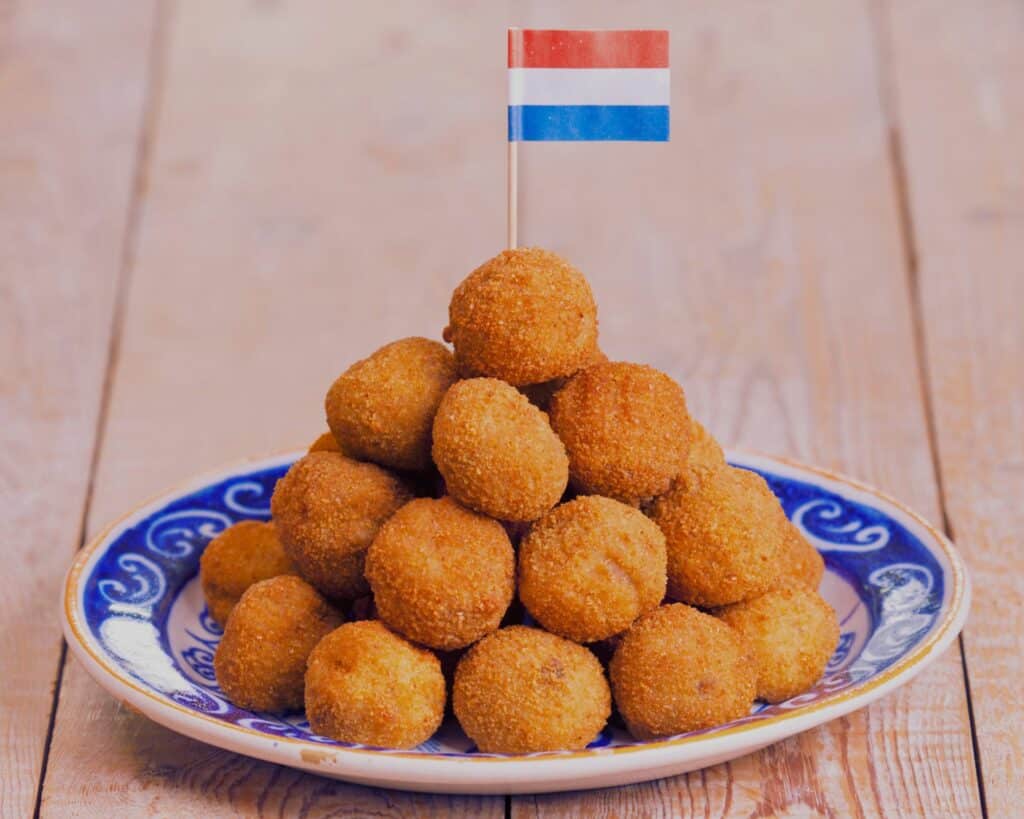
“Bitterballen” is a popular Dutch snack that you can find not only in Amsterdam but throughout the Netherlands. These savory snacks are often enjoyed with a drink at bars, cafes, and social gatherings. Bitterballen are essentially deep-fried, breaded balls filled with a creamy mixture, typically made from a thickened beef or veal broth mixed with meat and spices.
Stroopwafels
Stroopwafels are a delightful Dutch treat that has gained international popularity. These sweet, thin waffle-like cookies are made from two layers of thin, baked dough with a caramel-like syrup filling in the center. Stroopwafels are a beloved snack in the Netherlands and are enjoyed both freshly made at local markets and in packaged form in stores.
Herring
Herring in Amsterdam is more than just a popular seafood; it’s a culinary tradition deeply rooted in Dutch culture. Known as “haring” in Dutch, this fish is a staple in Amsterdam’s street food scene and a must-try for visitors looking to experience authentic Dutch cuisine.
Throughout Amsterdam, you’ll find herring stands and seafood stalls that serve raw herring. These stalls are easily recognizable by their Dutch flags and vibrant displays of herring. They offer a variety of herring options, including whole fish served with onions and pickles. For those who may be hesitant to try whole raw herring, herring snacks, or “broodje haring,” are a popular alternative.
Dutch cheese
Dutch cheese is a beloved culinary treasure, and Amsterdam is an excellent place to explore and savor the rich world of Dutch cheese (the city even has cheese museums!). From the iconic Gouda to lesser-known varieties, the city offers a delightful cheese experience.
Rijsttafel
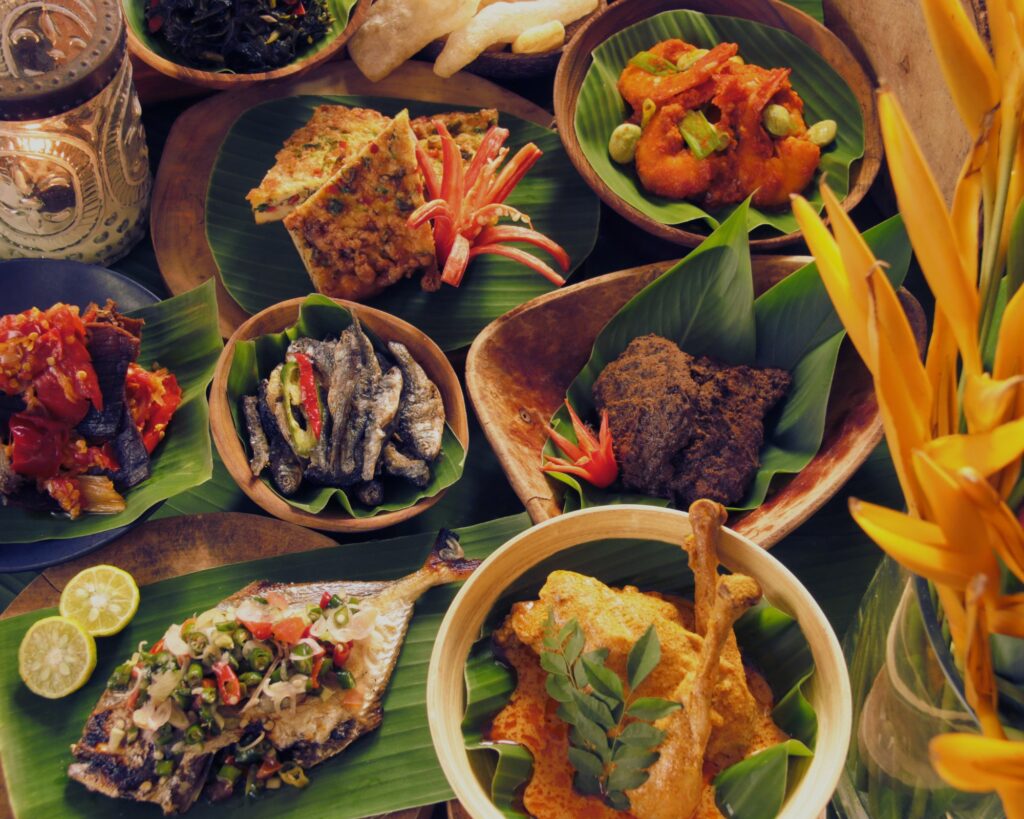
If you’ve never been to Amsterdam (or to the Netherlands, for that matter), you’d probably be surprised that there’s a thriving Indonesian culinary scene in the city. That’s right, it’s not all cheese and herring!
Rijsttafel translates to “rice table” in Dutch, and it was developed during the Dutch colonial period in Indonesia. The concept involves serving a wide array of small, flavorful dishes alongside steamed rice. These dishes showcase the diverse flavors and ingredients of Indonesian cuisine.
As cliche as it sounds, Amsterdam isn’t just a destination–it’s an experience. Visiting Amsterdam is an extraordinary journey into a city that effortlessly combines the old and the new, the traditional and the innovative. So, pack your bags, wander its charming streets, and immerse yourself in the unique magic of Amsterdam!
You might also like
What is Ohio known for?
Frequently asked Questions about Amsterdam
- What is Amsterdam most famously known for?
While the Dutch capital is mostly known for its canals, tulips, red light districts, and for being one of the most bike-friendly cities in the world, it’s so much more than that. It’s also famous for its rich history (and historical attractions), culture, incredible art scene, and progressiveness.
2. What food is Amsterdam known for?
Amsterdam is known for a variety of delicious foods and culinary traditions that reflect its rich cultural heritage. Some of its most famous dishes include stroopwafels, rijsttafel, appeltaart, bitterballen, and kaas (Dutch cheese).
